Introducing the paramount lettuce varieties for your garden: A comprehensive list of the top 20 selections tailored to fall and winter seasons. These greens enrich your culinary experience and contribute to your backyard’s vibrancy. Delve into a diverse range, including crisphead, butterhead, romaine, and loose-leaf. These selections flourish in the cool embrace of autumn and winter, delivering abundant nutrition and flavor. Unearth the optimal planting times and cultivation insights for a flourishing yield.
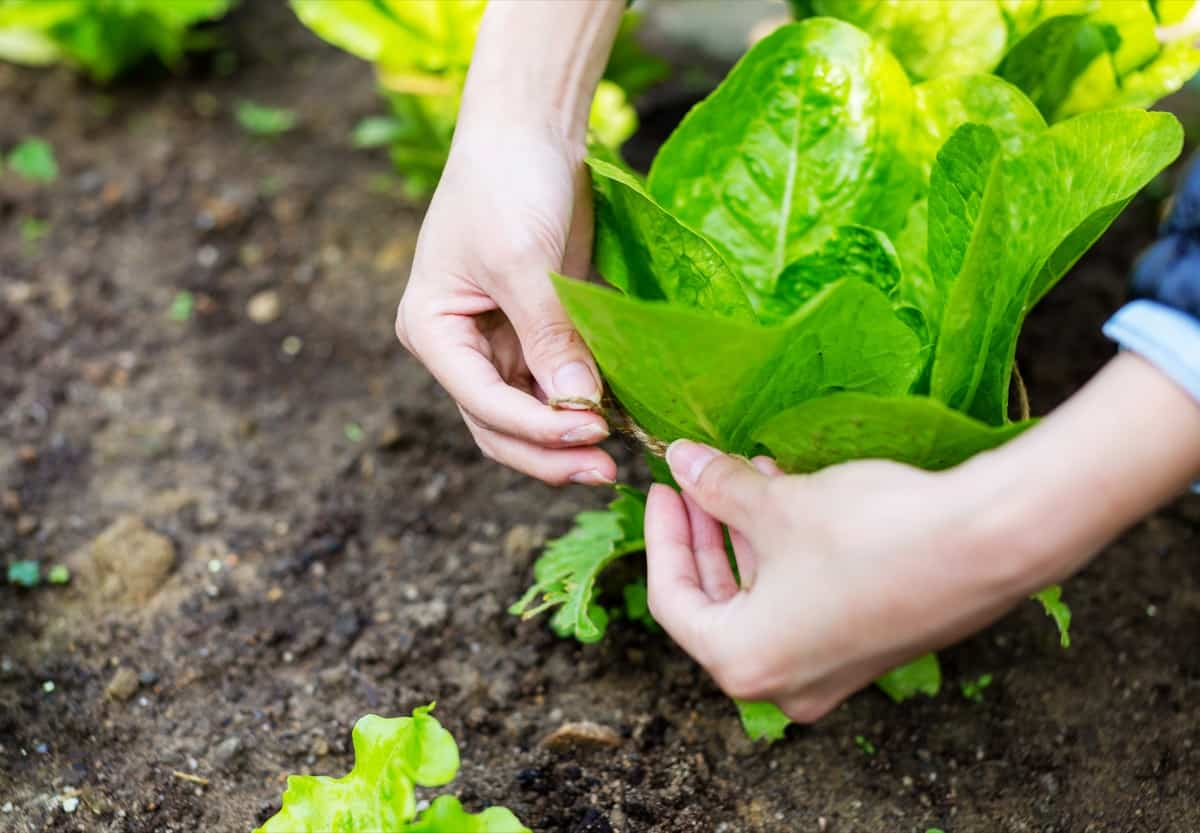
How to Grow Lettuce in a Garden
- Select a suitable variety for indoor plantings, such as Iceberg or Romaine, which require a longer growing period.
- For those in warmer climates, consider heat-resistant options like Jericho.
- Prepare seed trays with soilless growing medium, like a mix of vermiculite, perlite, and milled sphagnum moss.
- Sow the seeds about 4-6 weeks before the last spring frost, ensuring even distribution in the compartments.
- Place the tray in a sunny window, to maintain moisture in the growing medium, and consider using a newspaper cover initially.
- Transplant the seedlings into the garden, allowing them to adapt gradually to outdoor conditions.
- Fertilize with nitrogen-rich sources after three weeks of transplanting.
- Harvest mature leaves and store harvested lettuce in the refrigerator to prolong freshness.
Advantages of Growing Lettuce in Fall
- Continuous Fresh Salads: Fall lettuce cultivation ensures a supply of fresh salads even in colder weather, avoiding the disappointment of lackluster store-bought produce.
- Space Maximization: By extending the growing season, you optimize garden space, reducing the need for store-bought produce.
- Soil Protection: Lettuce covers and safeguards the soil post-harvest, serving as a quick crop before winter or as a winter green manure, depending on your location.
- Year-Round Gardening Pleasure: Year-round cultivation offers year-long garden enjoyment, especially suitable for beginners easing into this practice with lettuce.
Fall and Winter Growing Strategies
- Even in cold regions, lettuce can thrive with protection. Cold-hardy varieties can endure winter in unheated spaces.
- Cloches offer additional shielding for tender lettuces.
- Hotbeds, solar heating, or integrating growing areas with heat sources can sustain growth.
- Indoor or container cultivation provides frost-free options.
Optimal Soil and Climate Conditions for Lettuce Cultivation in Garden
Soil Requirements: Lettuce thrives in well-drained, fertile soil with a pH of around 6.0. The plant displays moderate salt tolerance. To foster quality growth, it demands a mean air temperature between 10°C and 20°C, with cool nights being crucial.
Climate Considerations: Lettuce is a cool-season crop for regions with cool summers and mild winters. The crop prospers in areas characterized by these climatic conditions.
Innovative Cultivation Methods: In modern large-scale cultivation, lettuce can be grown hydroponically or through protective cultivation techniques, eliminating the need for traditional soil-based methods.
Seed Rate and Nursery Raising: Lettuce seeds are delicate, requiring approximately 325 grams per hectare. Nursery beds enriched with well-rotted farmyard manure (FYM) or compost mixed with soil are prepared. Seeds are sown in lines with specific spacing and depth, followed by transplanting after 21-28 days.
Effective Fertilizer Management: Fertilizers significantly impact lettuce growth and yield. Depending on soil types, application rates vary. Farmyard manure and specific nitrogen, phosphorus, and potassium amounts should be applied. Timing of fertilizer application is vital, with a portion added during seeding and the rest after thinning.
In case you missed it: How to Grow Lettuce in the USA: Soil, Propagation, Planting, Care, and Farming Tips

Strategic Irrigation: Irrigation techniques such as furrow, drip, and sprinkler are employed. Frequent, light irrigations at 8- to 10-day intervals yield optimal results. Drip irrigation notably enhances yield compared to other methods.
Intercultural Practices: Shallow lettuce roots necessitate careful weeding to avoid disturbing the plants. Weeding is usually conducted around 15 days after planting.
Harvesting and Maturity: Harvesting should commence when lettuce plants achieve the desired size and firmness before leaves turn bitter or seed stalks bolt. The appropriate stage for harvesting varies based on the lettuce variety and its intended use. Market-bound head lettuce attains full-size and solid head development, while home use often prompts earlier harvesting.
Types of Lettuce for Fall Cultivation
Loose-Leaf Lettuce: Ideal for beginners, loose-leaf lettuces offer forgiving growth and swift yields. Unlike other types, they don’t form tight heads and can be harvested as needed. Varieties like ‘Mascara,’ ‘Drunken Woman,’ ‘Grand Rapids,’ ‘Black-seeded Simpson,’ and ‘Oakleaf’ present diverse tastes, textures, and colors.
Butterhead/Bibb Lettuce: With their rose-petal-like forms, butterhead lettuces combine ornamental appeal with excellent taste. While they can develop softer heads, they’re relatively quick growers. Varieties such as ‘May Queen,’ ‘Speckled Bibb,’ ‘Merveille des Quatre Saisons,’ ‘Buttercrunch,’ and ‘Tom Thumb’ provide a range of options for sowing.
Romaine/Cos Lettuce: Known for its upright shape, romaine lettuces offer crispness and variety. While they take longer to mature than loose-leaf types, they adapt well to warm and cooler climates. Varieties like ‘Little Gem’ and others in this cultivar group come in green or reddish hues, offering flexibility and taste.
Top 20 Lettuce Varieties to Grow in Your Garden
Lettuce, a staple in salads, wraps, and sandwiches, comes in a delightful array of varieties, each with its unique characteristics and flavors. Let’s delve deeper into a selection of these lettuce types, understanding their attributes and the pleasures they bring to culinary endeavors.
Buttercrunch Lettuce: With its green, buttery-textured leaves, ‘Buttercrunch’ lettuce stands out as a butterhead variety. Renowned for its sweet, mild flavor, it’s a popular choice for salads, fresh wraps, and sandwiches. This lettuce type takes around 50 days to mature, making it a favorite in kitchen gardens and chef’s plots due to its unmatched taste and homegrown texture.
Little Gem Lettuce: A petite romaine lettuce, ‘Little Gem’ boasts tender, savoyed dark green leaves that resemble butterhead greens. Its nutty, sweet flavor makes it ideal for salads or garnishes. This French variety takes about 40 days to grow, offering a delectable taste and an ornamental touch to dishes.
In case you missed it: Top 19 Steps/Ways/Methods to Boost Lettuce Yield: How to Increase Production, and Quality
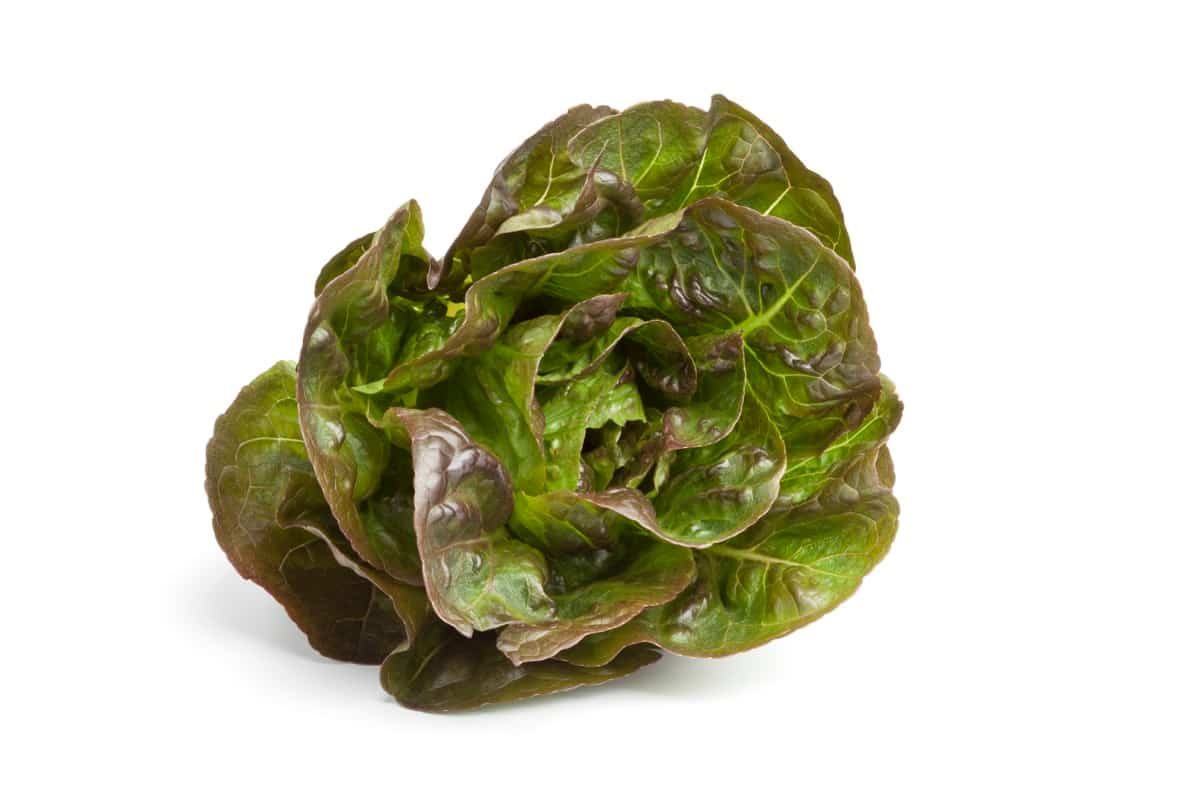
Marvel of Four Seasons Lettuce: ‘Marvel of Four Seasons,’ also known as ‘Merveille de Quatre Saisons,’ offers tender, sweet red leaves. Its hardiness makes it suitable for year-round growth with proper seasonal extension techniques.
Green Ice Lettuce: Featuring pale green, crisp leaves, ‘Green Ice’ lettuce exudes a sweet, mild flavor. Its versatility in salads, wraps, and sandwiches makes it a sought-after choice.
Muir Lettuce: ‘Muir’ lettuce combines large, crisp, ruffled leaves in an attractive rosette form. Its sweet and mild flavor enhances salads, and its versatility in cooking options adds to its appeal.
Lollo Rosso Lettuce: With small, red, frilly leaves, ‘Lollo Rosso’ offers a slightly milder flavor, perfect for salads, wraps, and sandwiches. Its distinctive appearance and taste make it a favorite addition to various dishes.
Bronze Mignonette Lettuce: ‘Bronze Mignonette’ lettuce features small, bronze-colored leaves with a crisp, crunchy texture and slightly sweet taste. Its versatility adds color and flavor to salads and dishes.
Iceberg Lettuce: Recognized for its crisp, light green leaves, ‘Iceberg’ is a classic crisphead type of lettuce. Its mild best flavor and crunchy texture make it a staple in salads and sandwiches. Often used as a salad base due to its resilience when mixed with other ingredients, ‘Iceberg’ takes about 85 days to mature and offers a refreshing touch to backyard barbecues and year-round salads.
In case you missed it: How to Grow Lettuce at Home with Seeds and Without Seeds
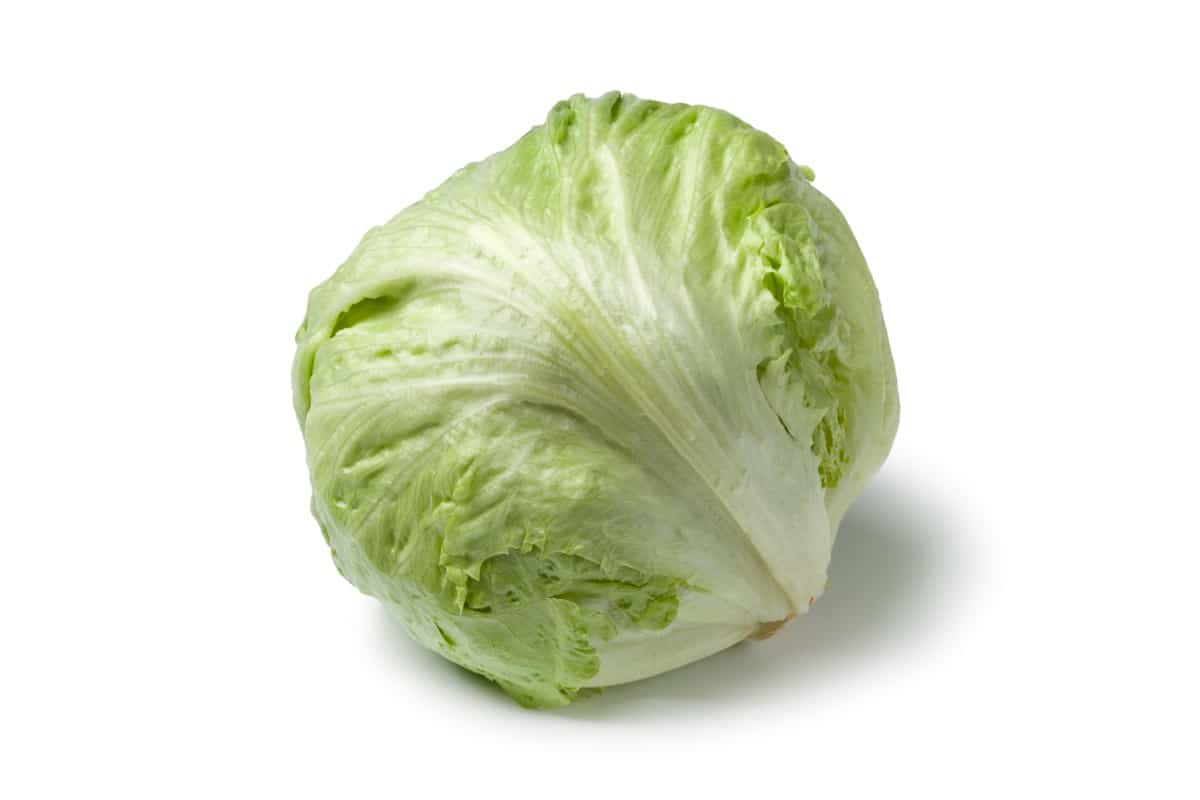
Tom Thumb Lettuce: A small, butterhead lettuce with round green leaves, ‘Tom Thumb’ offers an incredibly smooth texture and mild, sweet flavor. Its compact size makes it ideal for individual salads.
Rouge d’Hiver Lettuce: With dark red, crisp leaves, ‘Rouge d’Hiver’ lettuce provides a slightly bitter, nutty flavor. Its cold-hardy nature and year-round growth potential, especially with season extension methods, make it a versatile gourmet choice.
Tango Lettuce: ‘Tango’ lettuce features crinkly, green leaves with a slightly sweet, nutty flavor. Its textured appearance complements salads and adds an appealing touch to fresh burgers.
Salad Bowl Lettuce: ‘Salad Bowl’ lettuce showcases large, oak-leaf-shaped leaves, perfect for fresh salads throughout the growing season. Its ease of growth makes it an excellent choice for culinary enthusiasts.
Red Salad Bowl Lettuce: Similar to its green counterpart, ‘Red Salad Bowl’ lettuce features red leaves and the same oakleaf shape. This visually striking variety adds a colorful dimension to dishes.
Prizehead Lettuce: ‘Prizehead’ lettuce features large, crisp, ruffled leaves in a vibrant light green hue with hints of crimson. Its resistance to early bolting ensures a prolonged period of satisfying harvests.
Oak Leaf Lettuce: Featuring frilly, oak-shaped leaves that range from green to red, ‘Oak Leaf’ lettuce delivers a mild, sweet flavor. This old French variety, dating back to the 1800s, takes approximately 45 days to grow. Its versatility in salads and garnishes makes it a timeless addition to garden plots.
In case you missed it: Top 20 Grape Varieties to Grow in India: List of Grape Varieties to Grow for High Profits
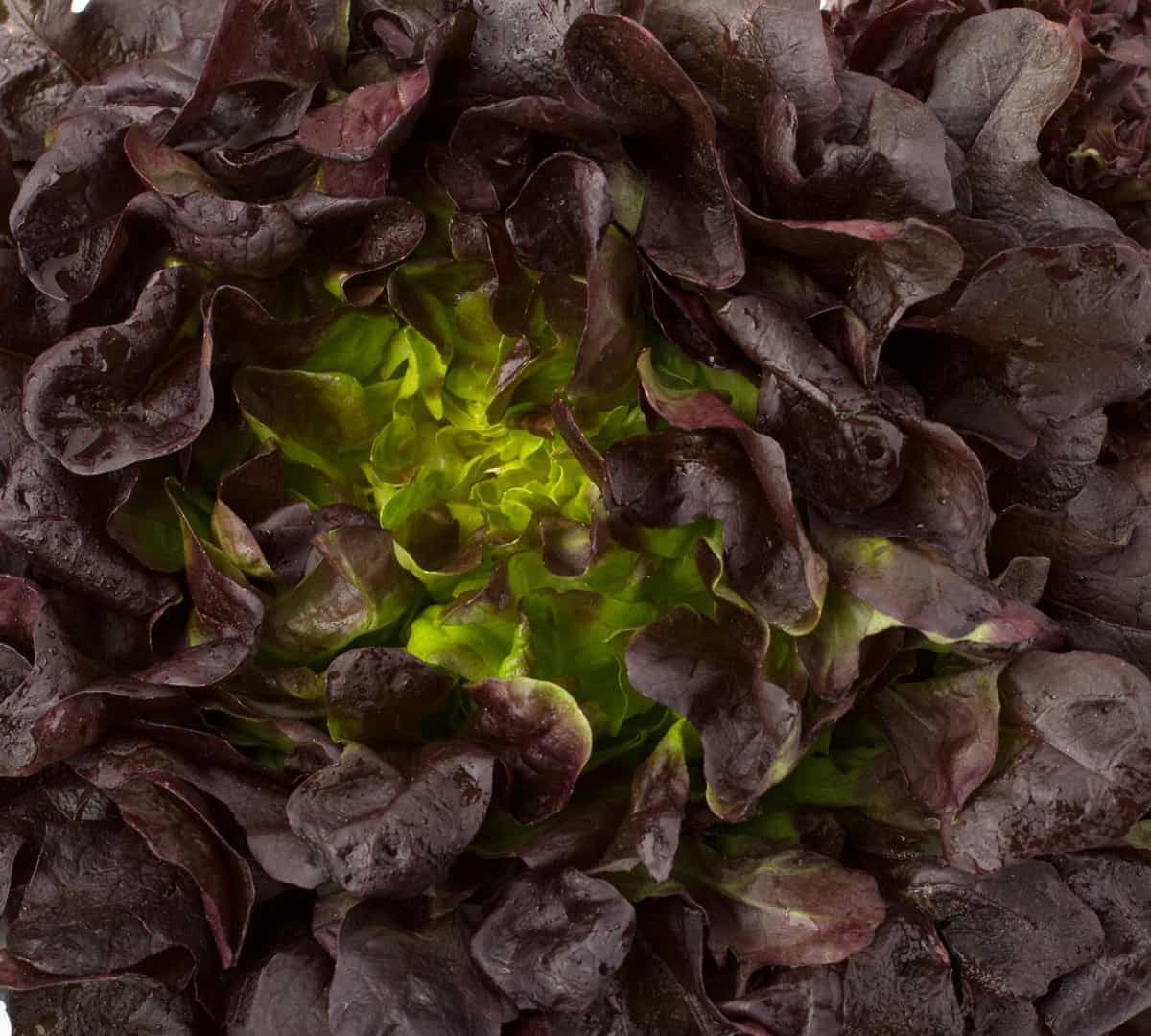
Black Seeded Simpson Lettuce: ‘Black Seeded Simpson’ is a popular open-pollinated variety with pale green leaves boasting a mild flavor. It can be grown for baby greens in a month or open heads in about six weeks. Heat and cold tolerance render it suitable for various climates. Its easy growth and versatile use, whether fresh or cooked, make it a reliable choice.
Parris Island Cos Lettuce: A romaine variety, ‘Parris Island Cos’ boasts long, crisp leaves with reddish-brown undersides. Its slightly bitter, savory flavor adds depth to salads and other dishes.
Deer Tongue Lettuce: ‘Deer Tongue lettuce features long, narrow, tongue-shaped leaves with a mild, slightly bitter flavor. Its upright arrangement lends itself to salads or burgers. This heirloom variety, tracing back to the 1700s, matures in around 50 days, providing an intriguing option for gardeners.
Red Romaine Lettuce: Boasting dark red, crunchy leaves, ‘Red Romaine’ lettuce offers a slightly sweet, savory flavor. Its resilience in salads and dressings makes it a favorite among chefs. The vibrant red hue adds an appealing touch to dishes, making it a top choice for gourmet presentations.
In case you missed it: Advantages of Vegetative Propagation and Disadvantages of Vegetative Propagation: Examples
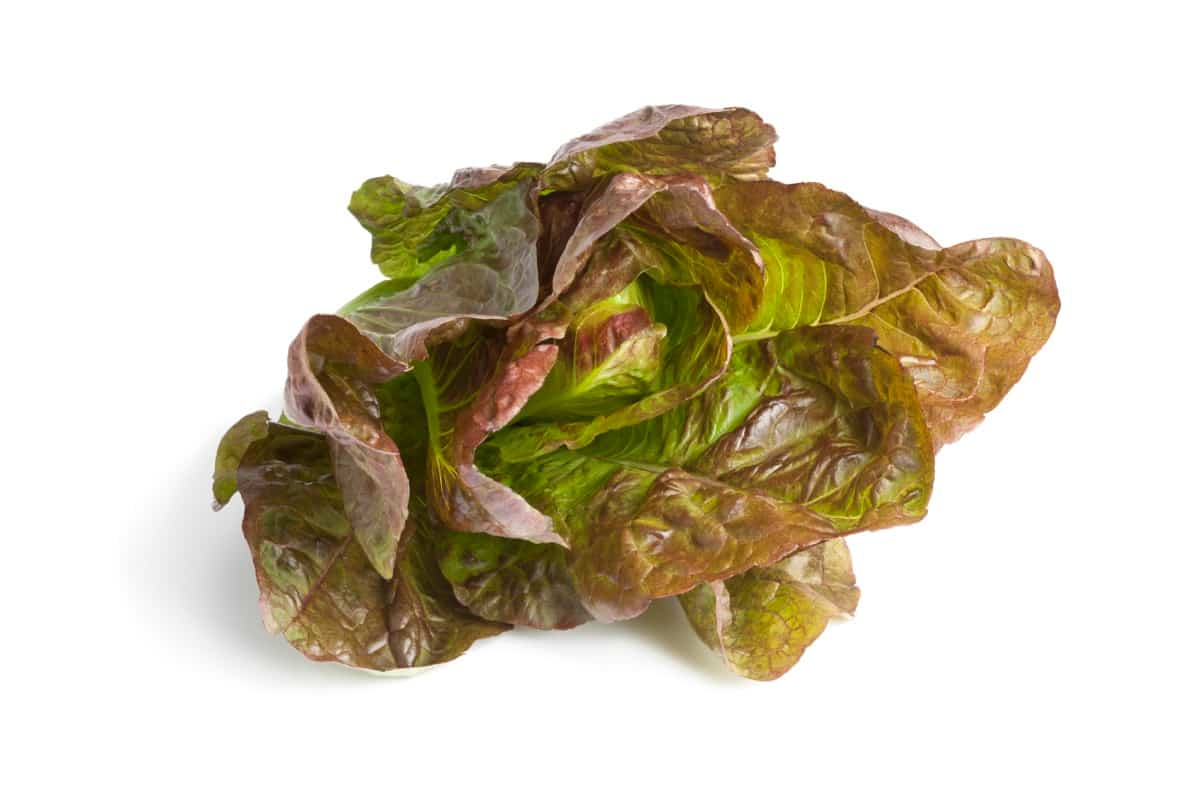
Red Sails Lettuce: ‘Red Sails’ lettuce offers tender, frilly leaves with a mild flavor and bicolor appearance. This versatile option is used in salads, cooked dishes, and as a flavorful side. Crisphead or iceberg lettuces, recognized for their dense, spherical forms, offer a tight and crisp texture. While they are popular in stores, growing them can be more challenging, especially for beginners.
These lettuces take longer to mature and present various obstacles in cultivation. Some suitable varieties for chilly autumn and winter conditions include Reine de Glaces, Red Iceberg, Nevada, Relay, and Saladin. Notably, some of these varieties may still need to be prepared for fall harvesting, but they can thrive during winter months with proper protection.
Conclusion
The world of lettuce cultivation offers a diverse array of options to enhance your garden and culinary experience. From the easy-to-grow loose-leaf varieties to the delicate butterheads, robust romaine, and crisp delights of iceberg types, there’s a lettuce for every palate. Seasoned gardener or just starting, these 20 lettuce varieties provide vibrant flavors, textures, and colors to elevate your salads, wraps, and dishes. As the seasons fall and winter, consider these choices to create a bountiful and satisfying harvest that will grace your table with freshness and nourishment.
- Types of Pesticides Used in Agriculture: A Beginner’s Guide
- Economical Aquaculture: A Guide to Low-Budget Fish Farming
- 15 Common Planting Errors That Can Doom Your Fruit Trees
- How to Make Houseplants Bushy: Effective Tips and Ideas
- Innovative Strategies for Boosting Coconut Pollination and Yield
- Pollination Strategies for Maximum Pumpkin Yield
- The Complete Guide to Chicken Fattening: Strategies for Maximum Growth
- Natural Solutions for Tulip Problems: 100% Effective Remedies for Leaf and Bulb-Related Issues
- Revolutionizing Citrus Preservation: Towards a Healthier, Greener Future
- Natural Solutions for Peony Leaf and Flower Problems: 100% Effective Remedies
- Maximizing Profits with Avocado Contract Farming in India: A Comprehensive Guide
- Natural Solutions for Hydrangea Problems: 100% Effective Remedies for Leaf and Flowers
- The Ultimate Guide to Choosing the Perfect Foliage Friend: Bringing Life Indoors
- From Sunlight to Sustainability: 15 Ways to Use Solar Technology in Agriculture
- The Ultimate Guide to Dong Tao Chicken: Exploring from History to Raising
- The Eco-Friendly Makeover: How to Convert Your Unused Swimming Pool into a Fish Pond
- Mastering the Art of Delaware Chicken Farming: Essentials for Healthy Backyard Flocks
- 20 Best Homemade Fertilizers for Money Plant: DIY Recipes and Application Methods
- How to Craft a Comprehensive Free-Range Chicken Farming Business Plan
- Brighten Your Flock: Raising Easter Egger Chickens for Beauty and Bounty
- How to Optimize Your Poultry Egg Farm Business Plan with These Strategies
- Subsidy for Spirulina Cultivation: How Indian Government Schemes Encouraging Spirulina Farmers
- Ultimate Guide to Raising Dominique Chickens: Breeding, Feeding, Egg-Production, and Care
- Mastering the Art of Raising Jersey Giant Chickens: Care, Feeding, and More
- Ultimate Guide to Raising Legbar Chickens: Breeding, Farming Practices, Diet, Egg-Production
- How to Raise Welsummer Chickens: A Comprehensive Guide for Beginners
- How to Protect Indoor Plants in Winter: A Comprehensive Guide
- Ultimate Guide to Grow Bag Gardening: Tips, Tricks, and Planting Ideas for Urban Gardeners
- Guide to Lotus Cultivation: How to Propagate, Plant, Grow, Care, Cost, and Profit
- Agriculture Drone Subsidy Scheme: Government Kisan Subsidy, License, and How to Apply Online
- Ultimate Guide to Raising Araucana Chickens: Breed Profile, Farming Economics, Diet, and Care
- Bringing Hydroponics to Classroom: Importance, Benefits of Learning for School Students
- Ultimate Guide to Raising Polish Chickens: Breed Profile, Farming Economics, Diet, and Care
- Ultimate Guide to Raising Australorp Chickens: Profile, Farming Economics, Egg Production, Diet, and Care
- Silkie Chicken Farming: Raising Practices, Varieties, Egg Production, Diet, and Care
- Sussex Chicken Farming: Raising Practices, Varieties, Egg Production, Diet and Care